Happy Captain Scott's birthday! 145 today!
Thanks for the reminder!
New Star Wars t-shirt so there.
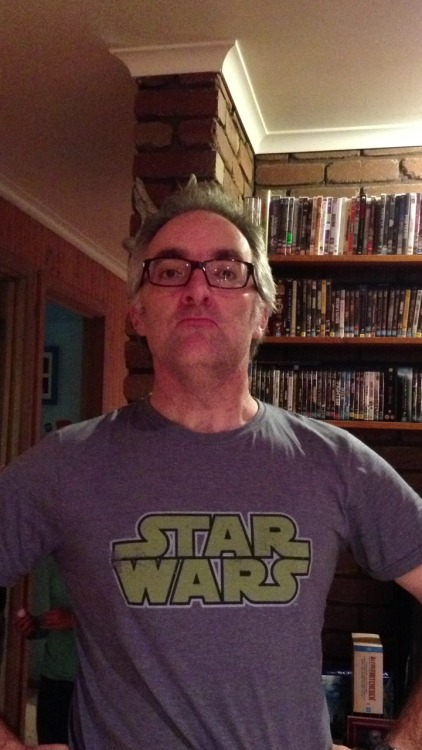
New Star Wars t-shirt so there.
itsfullofstars: Out of this World Records
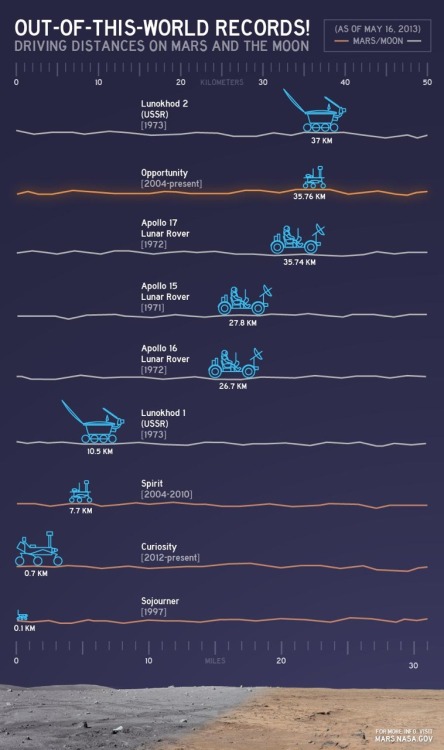
brandnewsarah: This is so so so perfect.
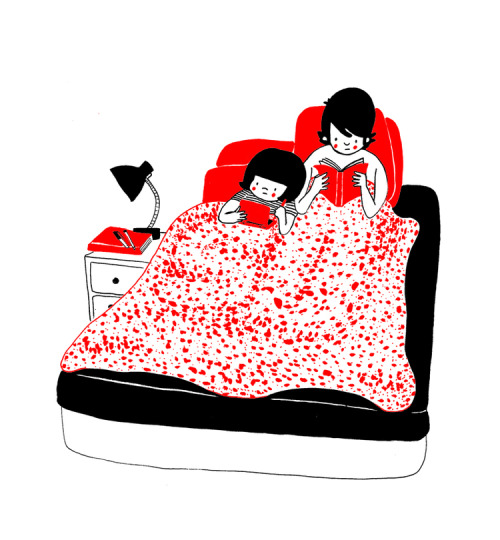

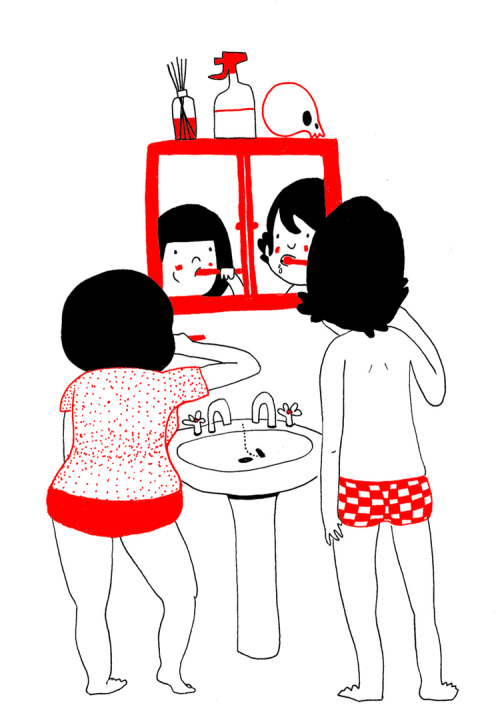
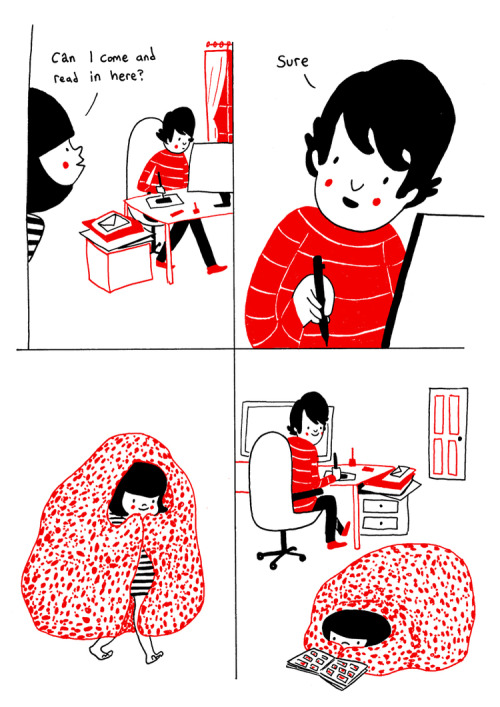




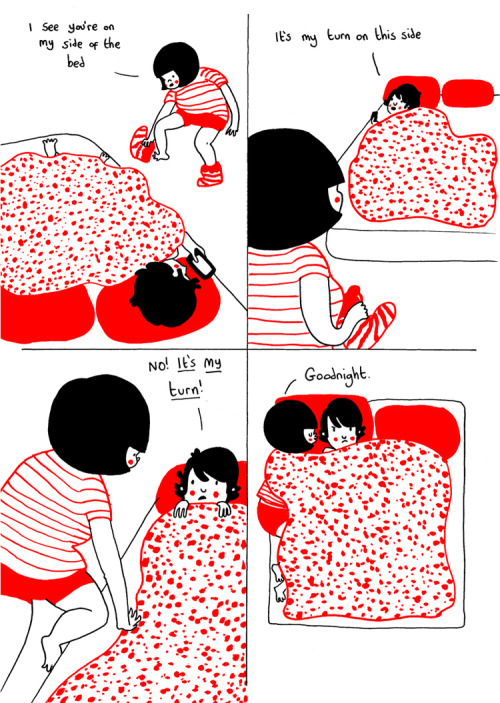

This is so so so perfect.
Beautiful Stills From Beautiful Films: Spread the word
Beautiful Stills From Beautiful Films: Spread the word:Hi all!
First off, hello to all my followers, new and old, I dont really post text posts here, but if you guys would like me to do more of that just let me know
So back when I started this site I couldn't imagine it getting as popular as it is now… To be honest I didn't think people would find…
Follow this blog!!!! It's great.
Beautiful, evocative paintings by Dr Edward Wilson during...
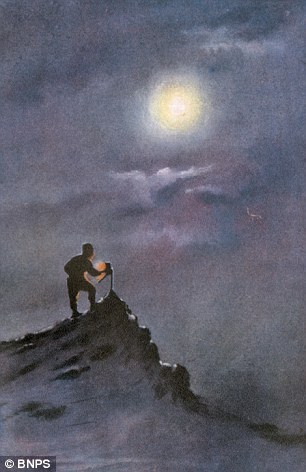
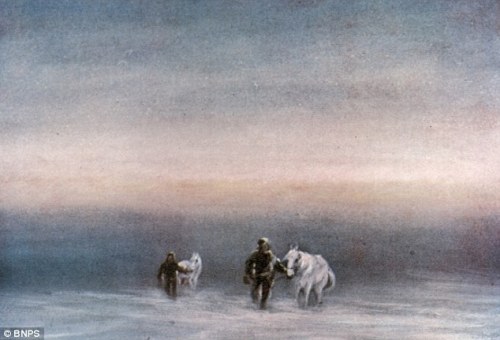
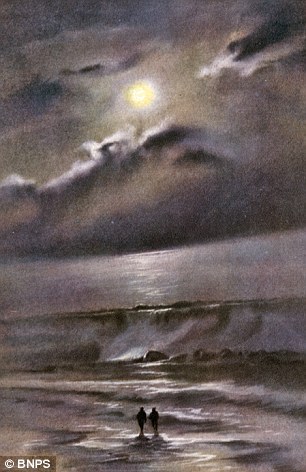
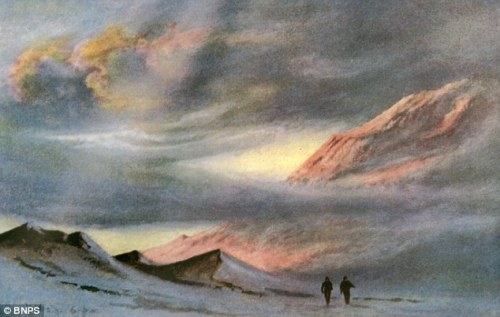
Beautiful, evocative paintings by Dr Edward Wilson during Scott's last expedition.
I often imagine Antarctica as the 'great white', but the explorers took pains to write about the changing colours on the ice, on the mountains and in the sky. Wilson has captured this beautifully.
Source (and more paintings): The Daily Mail
sagansense: How A New Family Tree of Space Rocks Could Better...
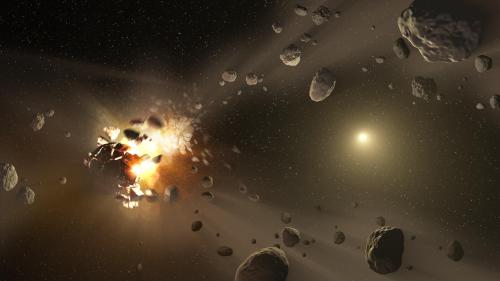
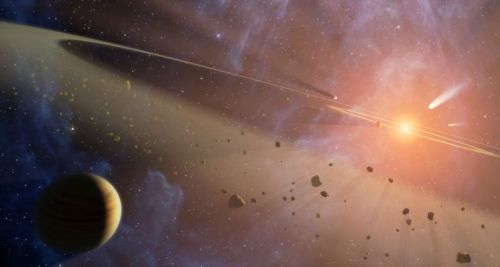
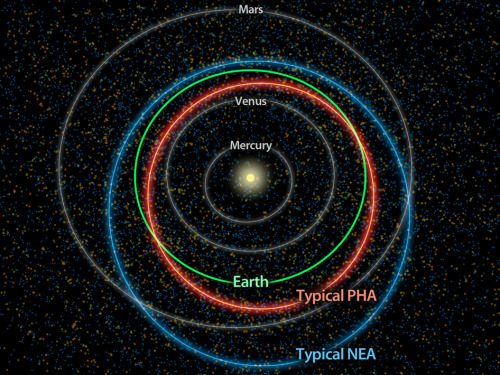
How A New Family Tree of Space Rocks Could Better Protect Earth
In perhaps the neatest astronomical application of geneology yet, astronomers found 28 "hidden" families of asteroids that could eventually show them how some rocks get into orbits that skirt the Earth's path in space.
From scanning millions of snapshots of asteroid heat signatures in the infrared, these groups popped out in an all-sky survey of asteroids undertaken by NASA's orbiting Wide-Field Infrared Survey Explorer. This survey took place in the belt of asteroids between Mars and Jupiter, where most near-Earth objects (NEOs) come from.NEOs, to back up for a second, are asteroids and comets that approach Earth's orbit from within 28 million miles (45 million kilometers). Sometimes, a gravitational push can send a previously unthreatening rock closer to the planet's direction. The dinosaurs' extinction roughly 65 million years ago, for example, is widely attributed to a massive rock collision on Earth.
Part of NASA's job is to keep an eye out for potentially hazardous asteroids and consider approaches to lessen the threat.
There are about 600,000 known asteroids between Mars and Jupiter, and the survey looked at about 120,000 of them. Astronomers then attempted to group some of them into "families", which are best determined by the mineral composition of an asteroid and how much light it reflects.
While it's hard to measure reflectivity in visible light — a big, dark asteroid reflects a similar amount of light as a small shiny one — infrared observations are harder to fool. Bigger objects give off more heat.
This allowed astronomers to reclassify some previously studied asteroids (which were previously grouped by their orbits), and come up with 28 new families.
"This will help us trace the NEOs back to their sources and understand how some of them have migrated to orbits hazardous to the Earth," stated Lindley Johnson, NASA's program executive for the Near-Earth Object Observation Program.
The astronomers next hope to study these different families to figure out their parent bodies. Astronomers believe that many asteroids we see today broke off from something much larger, most likely through a collision at some point in the past.
While Earthlings will be most interested in how NEOs came from these larger bodies and threaten the planet today, astronomers are also interested in learning how the asteroid belt formed and why the rocks did not coalesce into a planet.
The prevailing theory today says that was due to influences from giant Jupiter's strong gravity, which to this day pulls many incoming comets and asteroids into different orbits if they swing too close. (Just look at what happened to Shoemaker-Levy 9 in 1994, for example.)
- - - -
image 1: An artist's conception of an asteroid collision, which leads to how "families" of these space rocks are made in the belt between Mars and Jupiter. credit: NASA/JPL-Caltechimage 2: Artist concept of the asteroid belt between Mars and Jupiter. credit: NASA
image 3: This diagram illustrates the differences between orbits of a typical near-Earth asteroid (blue) and a potentially hazardous asteroid, or PHA (orange). credit: NASA/JPL-Caltech
People take pictures of sunset on 42nd Street in New York during...

People take pictures of sunset on 42nd Street in New York during the biannual occurrence named 'Manhattanhenge' last night. Manhattanhenge, coined by astrophysicist Neil deGrasse Tyson, occurs when the setting sun aligns itself with the east-west grid of streets in Manhattan, allowing the sun to shine down all the streets at the same time.
Photograph: Eduardo Munoz/Reuters
Another advantage with digital cinema: You can pause the film...
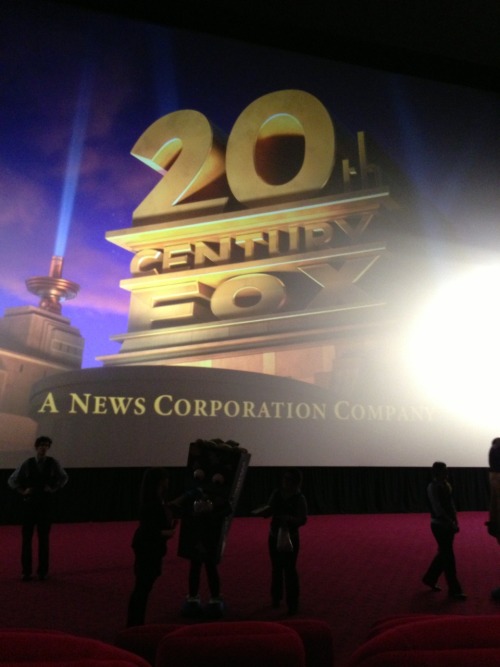
Another advantage with digital cinema: You can pause the film before it has begun, so that a person dressed up as a huge popcorn can hand out prizes.
Massive asteroid flies past earth in 'close shave'
Massive asteroid flies past earth in 'close shave':A large asteroid more than 2.5 kilometres in diameter is passing by Earth this morning in what some space experts have described as a close shave.
itsfullofstars: Radiation Measured by NASA's Curiosity on...
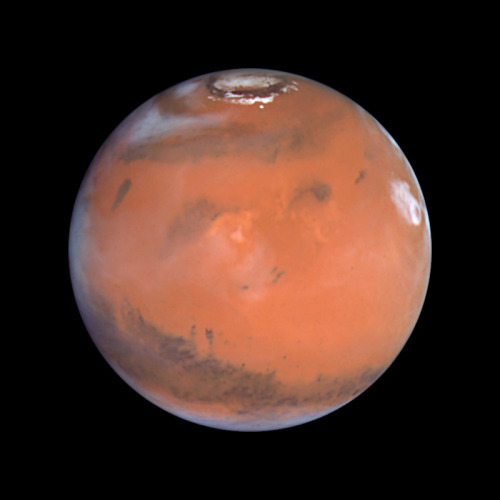
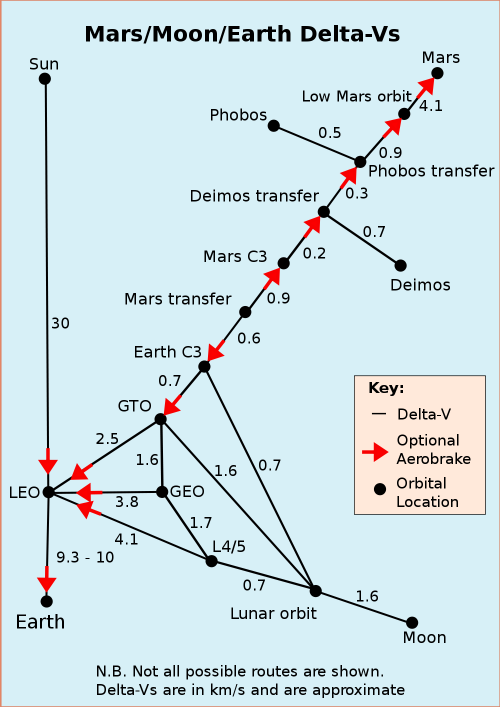
Radiation Measured by NASA's Curiosity on Voyage to Mars has Implications for Future Human Missions
Measurements taken by NASA's Mars Science Laboratory (MSL) mission as it delivered the Curiosity rover to Mars in 2012 are providing NASA the information it needs to design systems to protect human explorers from radiation exposure on deep-space expeditions in the future.
MSL's Radiation Assessment Detector (RAD) is the first instrument to measure the radiation environment during a Mars cruise mission from inside a spacecraft that is similar to potential human exploration spacecraft. The findings will reduce uncertainty about the effectiveness of radiation shielding and provide vital information to space mission designers who will need to build in protection for spacecraft occupants in the future.
"As this nation strives to reach an asteroid and Mars in our lifetimes, we're working to solve every puzzle nature poses to keep astronauts safe so they can explore the unknown and return home," said William Gerstenmaier, NASA's associate administrator for human exploration and operations in Washington. "We learn more about the human body's ability to adapt to space every day aboard the International Space Station. As we build the Orion spacecraft and Space Launch System rocket to carry and shelter us in deep space, we'll continue to make the advances we need in life sciences to reduce risks for our explorers. Curiosity's RAD instrument is giving us critical data we need so that we humans, like the rover, can dare mighty things to reach the Red Planet."
The findings, which are published in the May 31 edition of the journal Science, indicate radiation exposure for human explorers could exceed NASA's career limit for astronauts if current propulsion systems are used.
Manhattenhenge!

Manhattenhenge!
Photo

bogantracksofoz: Bogan track at Argyle Square, Lygon Street,...
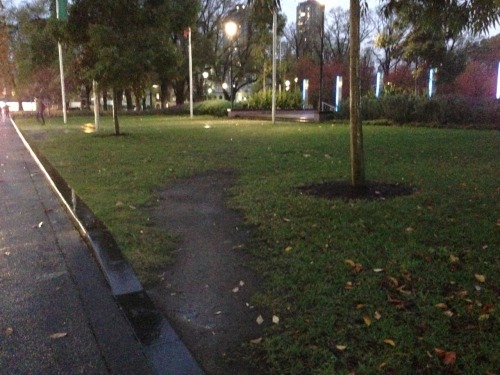
Bogan track at Argyle Square, Lygon Street, Carlton.
Photo
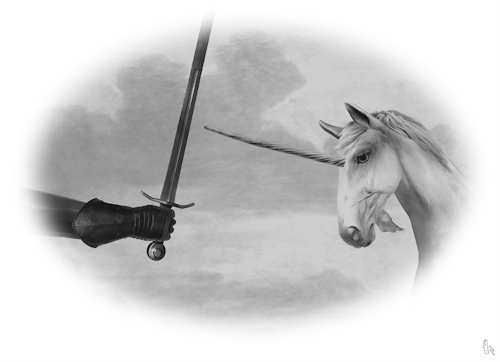
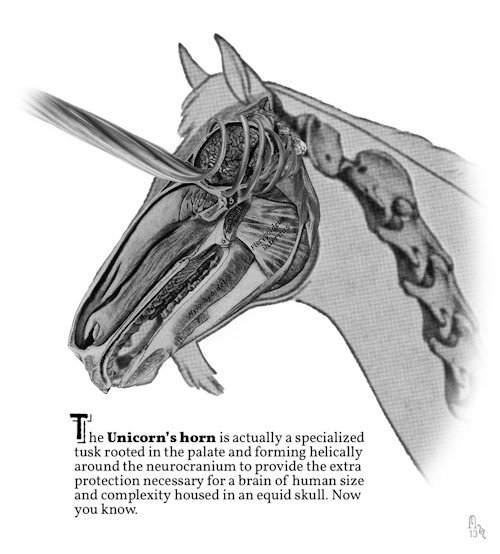
Photo
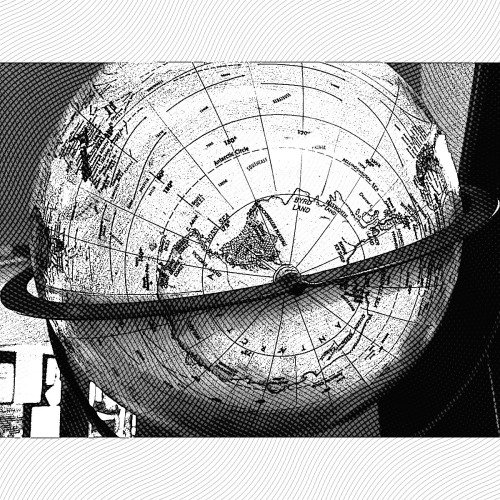
filmgrab: Lawrence Of Arabia (David Lean, Freddie Young) Full...
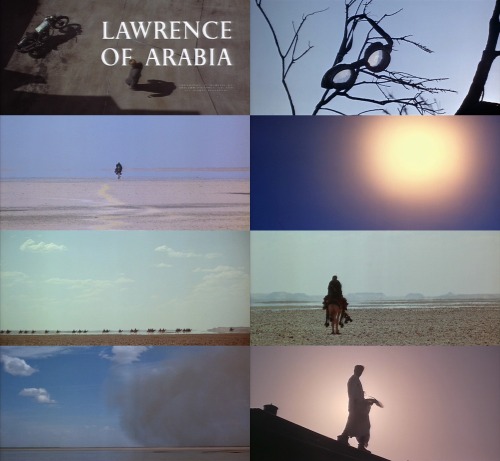
Lawrence Of Arabia (David Lean, Freddie Young)
President Kennedy gets a look at the Saturn rocket at Cape...
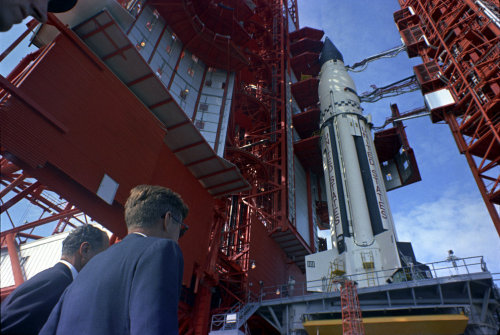
President Kennedy gets a look at the Saturn rocket at Cape Canaveral (that he will never see launched). Nov. 16, 1963
My dog Phoebe has done her own shampoo commercial audition tape....
My dog Phoebe has done her own shampoo commercial audition tape. And here it is.
Photo


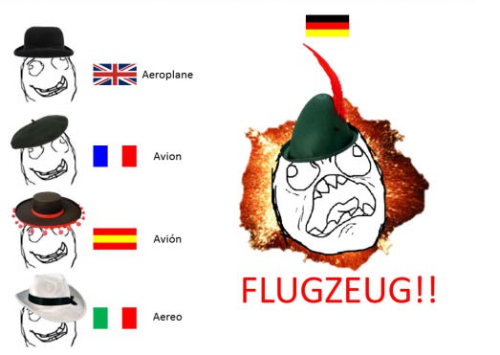
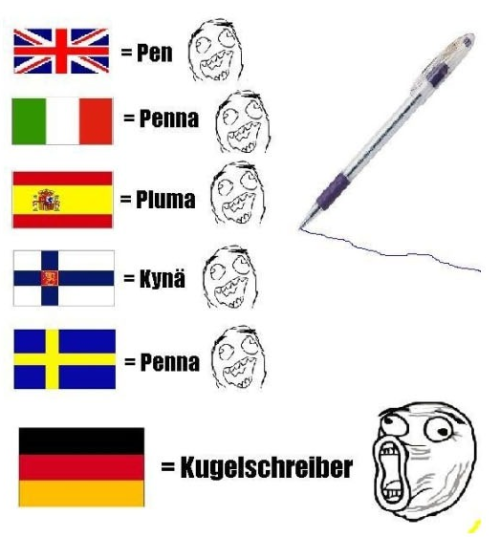
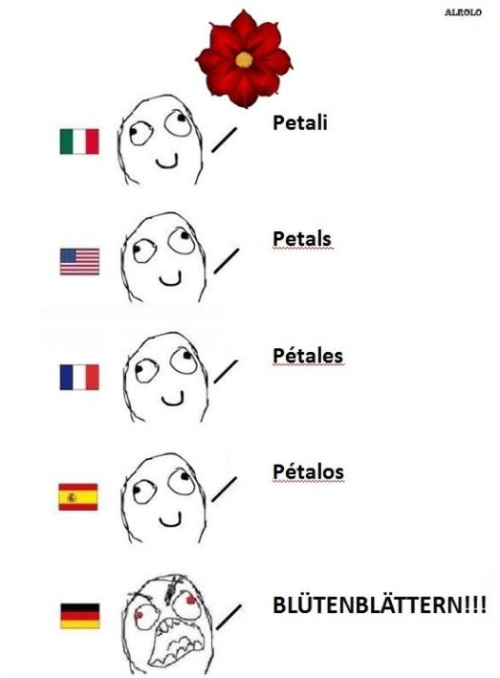
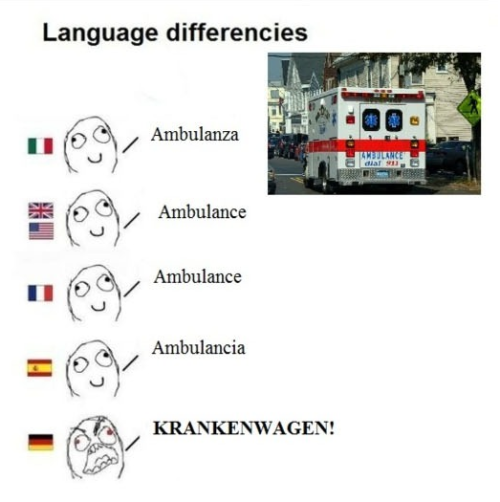
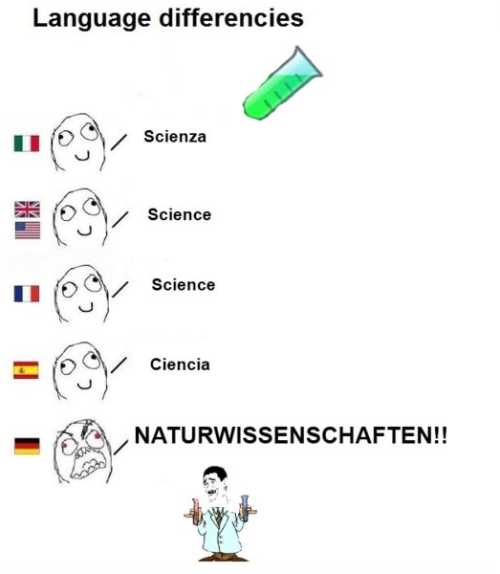
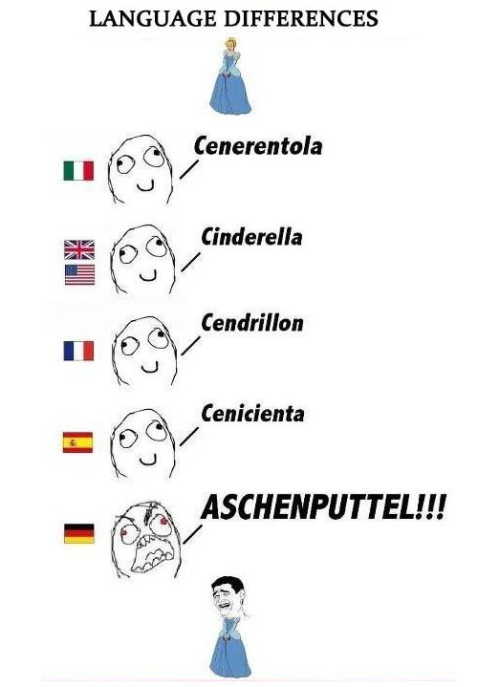














No comments:
Post a Comment